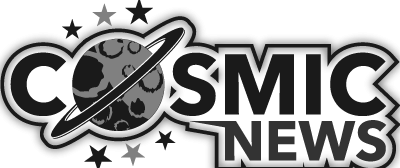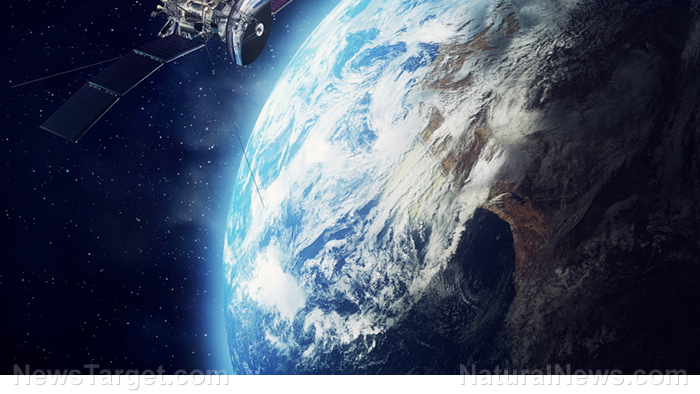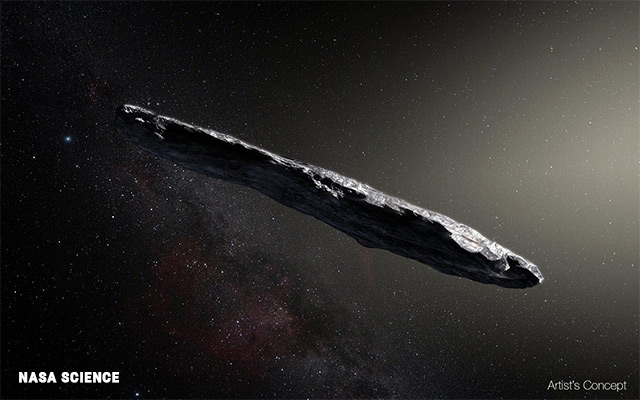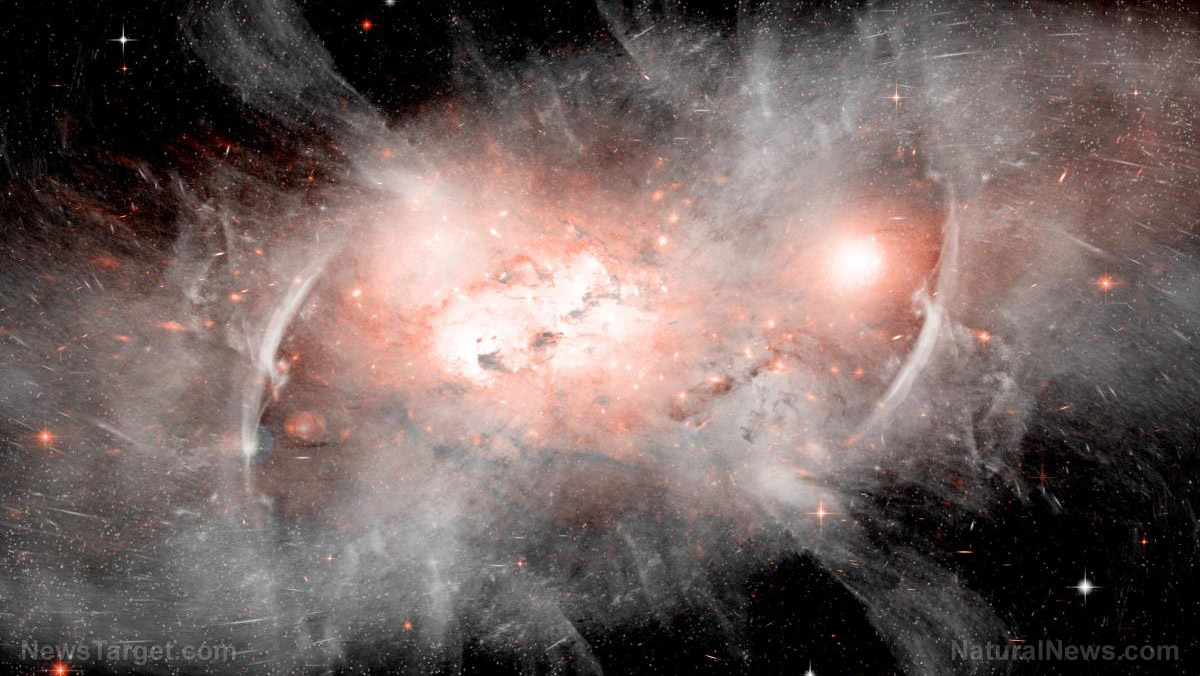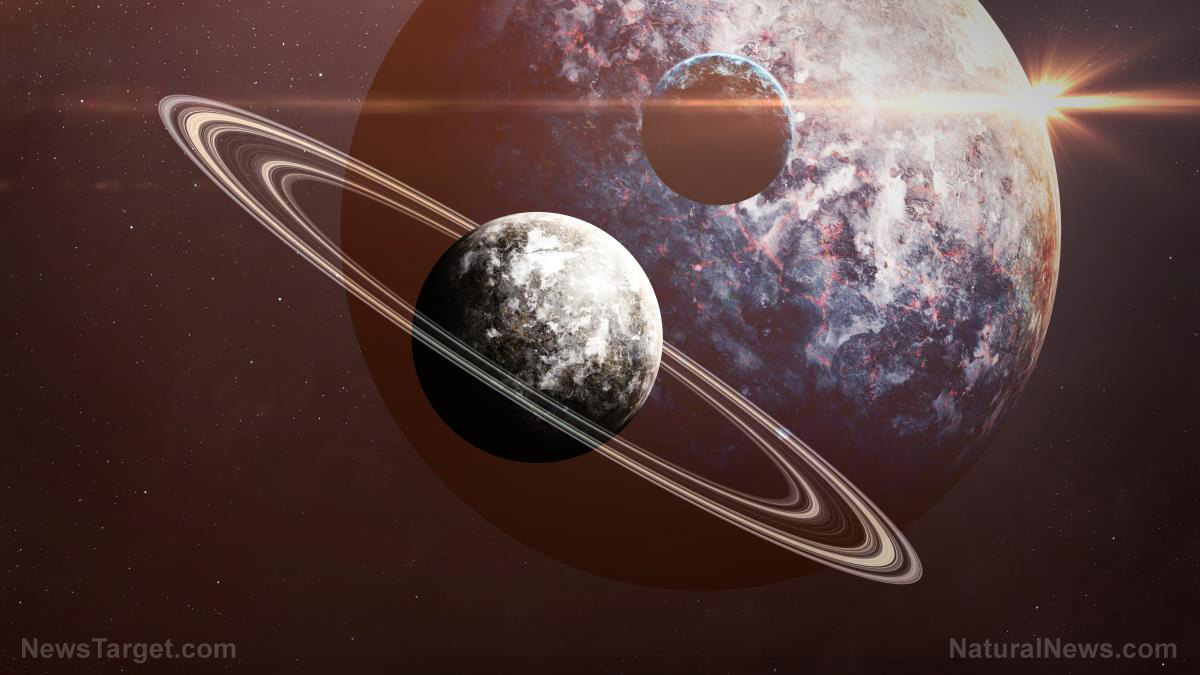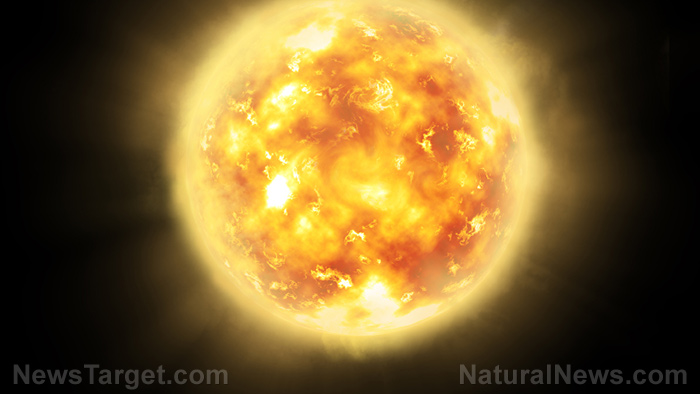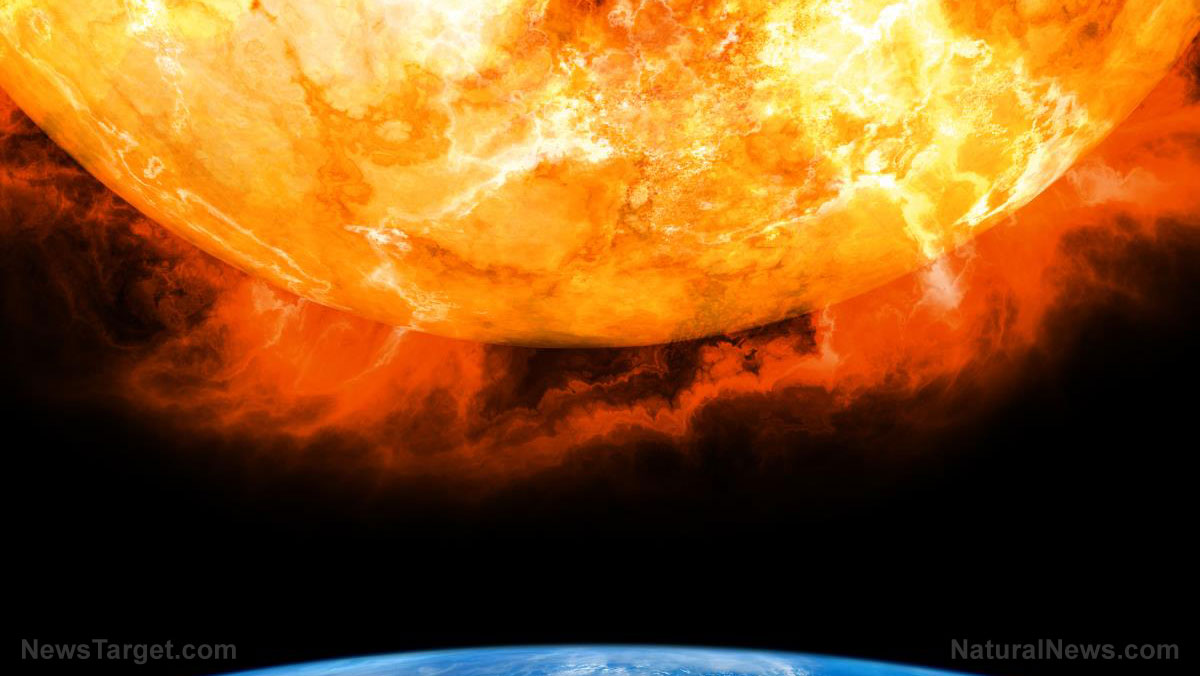Space tech companies developing ultra-small plasma-propulsion system for future interplanetary travel
09/11/2018 / By Edsel Cook

Everything is getting smaller these days. That includes spacecraft and the electric propulsion systems that carry them through the void. In an article in Space.com, a pair of space tech companies are working on new thruster designs that can be fitted aboard smaller spacecraft and the tiniest satellites.
Electric thrusters propel a spacecraft by using electricity to charge and expel propellant. However, they are not powerful enough to loft a payload from the surface of the planet into space.
Electric thrusters are much more efficient than their chemical counterparts on a pound-for-pound basis. Their efficiency makes them excellent propulsion systems for spacecraft once the latter gets to space.
The most common type are Hall thrusters. First introduced by the Soviet Union in the 1970s, they use electric and magnetic fields to turn neutral gas into ionized plasma that is used to propel the spacecraft. Nevertheless, even the most modern of Hall thrusters have not significantly deviated from their Cold War era ancestor. They are bulky and heavy systems that take up a lot of space and weight on the spacecraft. (Related: NASA now allowing scientists to use nuclear power sources for future space missions.)
Bringing electric thruster technology out of the 1970s and into the 2010s
California-based company Phase Four refined the Hall thuster into its smallest incarnation yet. They swapped out the traditional high-voltage electronics with more compact parts that require less voltage. Their design uses radio waves to create plasma.
“The same way a microwave oven uses microwaves to excite water molecules in food, we use the same kind of electronic parts you might find in a cellphone or a wireless electric charging mat to produce radio waves that can energize a plasma,” explained Simon Halpern, the CEO of the company. “Xenon is the propellant most often used for electric propulsion, but we’re also looking at air or water.”
The magnetic fields are used to expel the electrons in the plasma as well as the ions. The plasma thus has a neutral electric charge.
Unlike ionized plasma, neutrally-charged plasma does not impart a dangerous electric charge on the spacecraft. The spacecraft could therefore dispense with the neutralizing equipment required to neutralize the electric charges of the plasma from older thrusters.
In May 2017, Phase Four reported that NASA has purchased its satellite thrusters for testing. Another customer was Astro Digital, an imaging satellite company that was also based in California.
New TILE electric thruster is the size of a computer chip
Accion Systems created a new type of electric propulsion system that is even smaller. Its Tiled Ionic Liquid Electrospray (TILE) thrusters are the size of computer chips and made in much the same way.
Most electric thrusters use compressed gases. The gas is stored inside pressurized tanks, transported through a network of pipes, pumps, and valves, and ionized inside large chambers.
TILE thrusters did away with all of those bulky, complex parts by switching to a salty liquid propellant. They use capillary action to get the propellant to flow through small tubes, where electric fields can get ions from the liquid and project the charged particles out of tiny nozzles.
These thrusters are ideal for the cubesats that are becoming very popular nowadays. These small satellites do not have the internal space to fit traditional electric thrusters.
An array of TILE thrusters will give small satellites the ability to to move themselves. They can remain in orbit for longer periods of time.
Furthermore, the thrusters be produced using microchip manufacturing methods. Accion is planning to improve their performance so that they can propel bigger satellites and interplanetary spacecraft.
For more articles about humankind’s efforts to explore and exploit space, visit SpaceTourism.news.
Sources include:
Tagged Under: cubesat, electric thruster, future science, Hall thruster, innovation, Interplanetary travel, plasma-propulsion system, satellite thrusters, satellites, space & tech, space tourism, space travel
